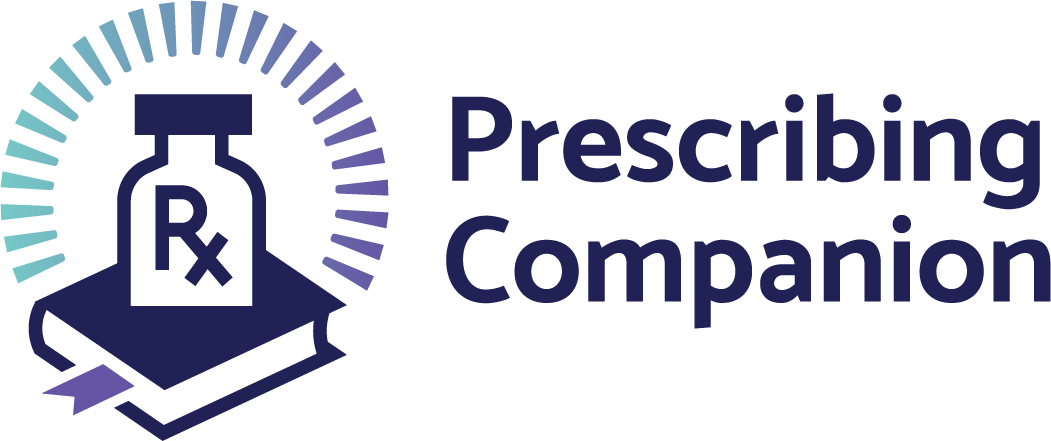Description
- Schistosomiasis is an acute or chronic parasitic disease caused by blood flukes (trematode worms) of the genus Schistosoma.
- Infection larval forms of the parasite released by freshwater snails penetrate the skin during contact with infested water.
There are 2 major forms of schistosomiasis that are caused by 5 main species of blood fluke:
- Intestinal: Schistosoma mansoni, Schistosoma japonicum, Schistosoma mekongi and Schistosoma intercalatum
- Urogenital: Schistosoma
Signs and Symptoms
In the acute infection, mild, maculopapular skin lesions may develop within hours after exposure.
- Intestinal schistosomiasis
- Acute: Abdominal pain, diarrhoea, blood in the stool,
- Chronic: hepatomegaly, splenomegaly ascites, portal, and pulmonary
- Urogenital Schistosomiasis
- Acute: Haematuria, dysuria, urinary
- Chronic: Fibrosis of the bladder and ureter, kidney dysfunction, bladder cancer (later stages).
- Adolescent girls: genital lesions, vaginal bleeding, dyspaurenia nodules in the
- Adolescent boys: pathology of the seminal vesicles, prostate, and other
Investigations
- Stool/Urine M/C/S for blood and Schistosoma
- FBC, DC-
- Urea, Electrolytes,
- Chest x-ray
- Plain abdominal x rays
- Abdominal ultrasound
- Blood culture
- Rectal Snip
Treatment
- Praziquantel is the treatment of choice for all forms of Schistosomiasis (children >2 years and adults: 40mg/kg as a single dose). Consider steroid therapy if very severe disease.
- Adverse effects of praziquantel include dizziness, headache, nausea, vomiting, diarrhea, abdominal discomfort, bloody stool, urticaria, and fever following initiation of These are usually mild and last about 24 hours.
- Prevention: Praziquantel 40/mg/kg as a single dose.
